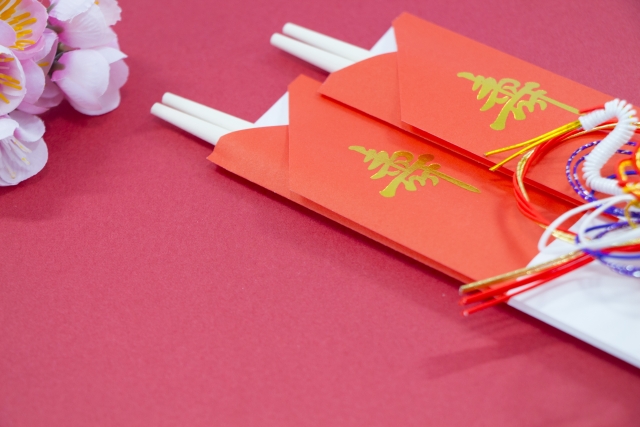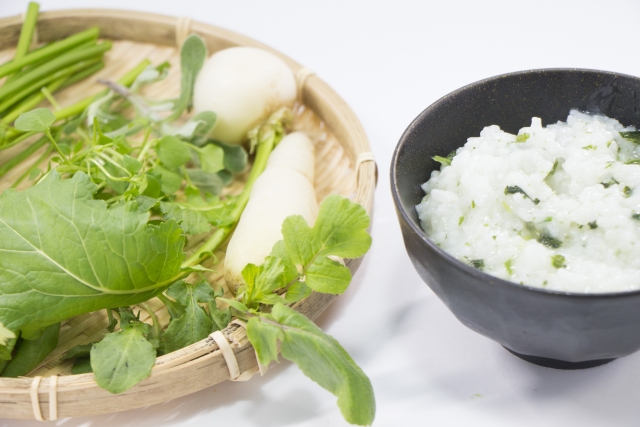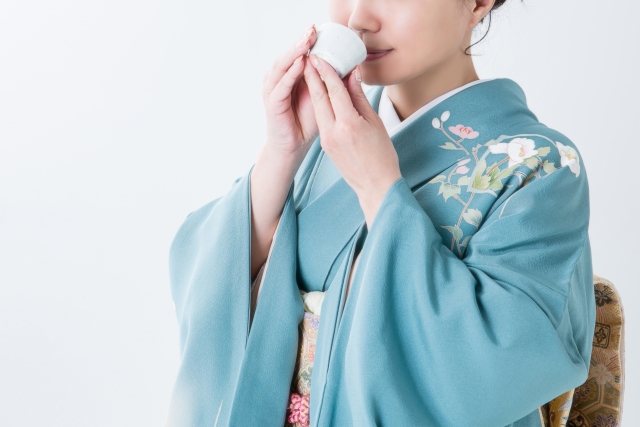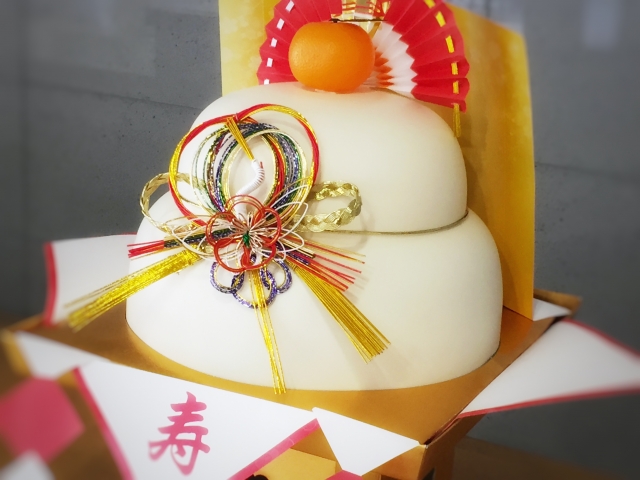
Ozoni is always eaten on New Year’s Day.
Rice, which is very familiar to Japanese people, is involved.
Mochi (rice cake) is an indispensable ingredient in Ozoni.
Mochi is a food made by processing glutinous rice, and is eaten in Ozoni.
The history of “Ozoni” dates back to the Heian period.
It is said to have originated from the time when mochi (rice cakes) and vegetables, which were offered to the New Year’s Kamis, were stewed in the first fire of the new year with “young water” drawn from a well or river, and eaten on the first day of the new year.
As a global culinary genre, it is a Japanese traditional soup dish for New Year’s.
Ozoni is a home-style dish that varies from region to region and family to family.
Let’s take a look at some of its characteristics.
The shape of mochi
There are two main shapes of mochi, and whether they are “round mochi” (round-shaped mochi) or “square mochi” (square-shaped mochi) varies from region to region.
It is said that “round mochi” (round-shaped mochi) are made with the hope that the year will be a year of peace and harmony.
“Square mochi” (square-shaped mochi) are said to have originated when samurai warriors started to eat “noshi-mochi” (rice cakes cut into cubes) in ozoni in order to “beat their enemies” before a battle.
In some parts of Shikoku, rice cake with red bean paste is used, which shows the characteristics of each region. Also, in mountainous areas and remote islands where rice is precious, the custom of “Zoni without mochi (rice cake)” still remains.
There is also a difference in whether the mochi (rice cake) is cooked and put into the soup or not.
Seasoning of the soup
Each region has its own characteristics.
- Clear soup
- Prepared in Miso
- Prepared in red bean soup
Ingredients
Ozoni is characterized by the differences between regions, such as the use of local specialties.
The main reason for this is to bring good luck, and the following ingredients are usually used.
- Na(Vegetables): to raise greens when eating → to raise one’s name(Na)
- Fish, Salmon: The red color is a cause for celebration, and because salmon produce many eggs, they are blessed with children.
- Fish, Yellowtail: A fish that grows from Inada to Warasa to Yellowtail.
- Satoimo (taro): The parent satoimo is called “kashira-imo”, which means “may you become the head of a person”, as well as “prosperity of descendants”, since the number of small satoimos increases one after another.
Use festive chopsticks

We use “festive chopsticks” when we eat Osechi and Ozoni at New Year’s.
Celebratory chopsticks are chopsticks that are tapered at both ends.
The chopsticks represent the concept of “Kami and people eating together,” in which one side is used by people and the other side is used by Kamis.
Since ancient times, there has been a belief in rice cultivation in Japan.
It has been handed down to the present day and is an indispensable “lucky food” for “special occasions” such as the New Year.
It is a New Year’s food custom that has spread across the country as people have moved around.
We hope to pass on the taste of each region and each family to the next generation!







